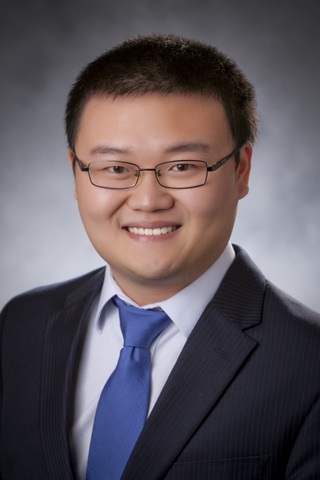Program Information
Evaluation of MRI Acquisition Parameter Variations On Texture Feature Extraction Using ACR Phantom
Y Xie1*, J Wang2 , C Wang1,3 , Z Chang1,3 , (1) Duke University, Durham, NC, (2) MD Anderson Cancer Center, Houston, TX, (3) Duke University Medical Center, Durham, NC
Presentations
SU-F-R-32 (Sunday, July 31, 2016) 3:00 PM - 6:00 PM Room: Exhibit Hall
Purpose:To investigate the sensitivity of classic texture features to variations of MRI acquisition parameters.
Methods:This study was performed on American College of Radiology (ACR) MRI Accreditation Program Phantom. MR imaging was acquired on a GE 750 3T scanner with XRM explain gradient, employing a T1-weighted images (TR/TE=500/20ms) with the following parameters as the reference standard: number of signal average (NEX) = 1, matrix size = 256x256, flip angle = 90°, slice thickness = 5mm. The effect of the acquisition parameters on texture features with and without non-uniformity correction were investigated respectively, while all the other parameters were kept as reference standard. Protocol parameters were set as follows: (a). NEX = 0.5, 2 and 4; (b).Phase encoding steps = 128, 160 and 192; (c). Matrix size = 128x128, 192x192 and 512x512. 32 classic texture features were generated using the classic gray level run length matrix (GLRLM) and gray level co-occurrence matrix (GLCOM) from each image data set. Normalized range ((maximum-minimum)/mean) was calculated to determine variation among the scans with different protocol parameters.
Results:For different NEX, 31 out of 32 texture features’ range are within 10%. For different phase encoding steps, 31 out of 32 texture features’ range are within 10%. For different acquisition matrix size without non-uniformity correction, 14 out of 32 texture features’ range are within 10%; for different acquisition matrix size with non-uniformity correction, 16 out of 32 texture features’ range are within 10%.
Conclusion:Initial results indicated that those texture features that range within 10% are less sensitive to variations in T1-weighted MRI acquisition parameters. This might suggest that certain texture features might be more reliable to be used as potential biomarkers in MR quantitative image analysis.
Contact Email:

